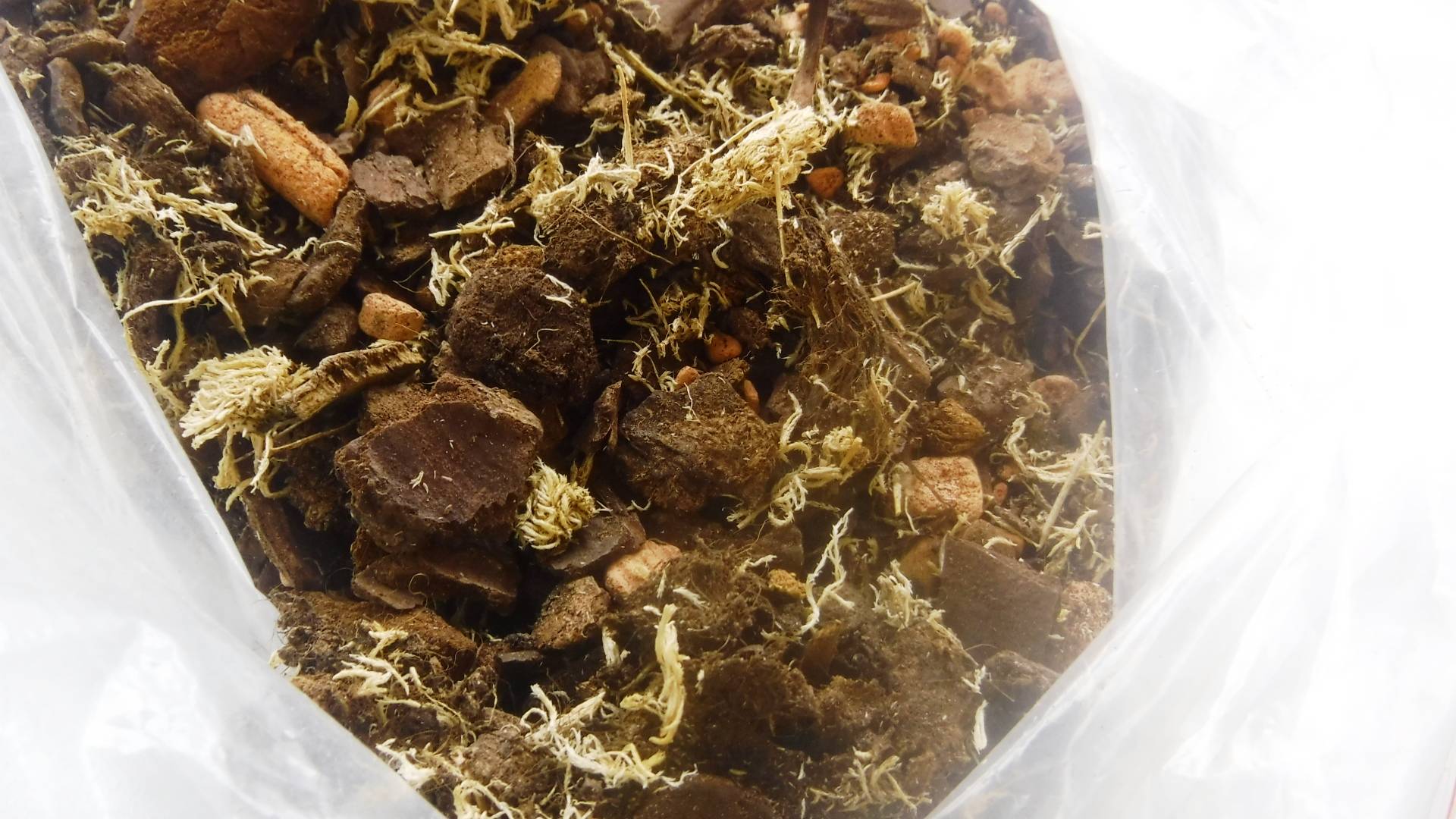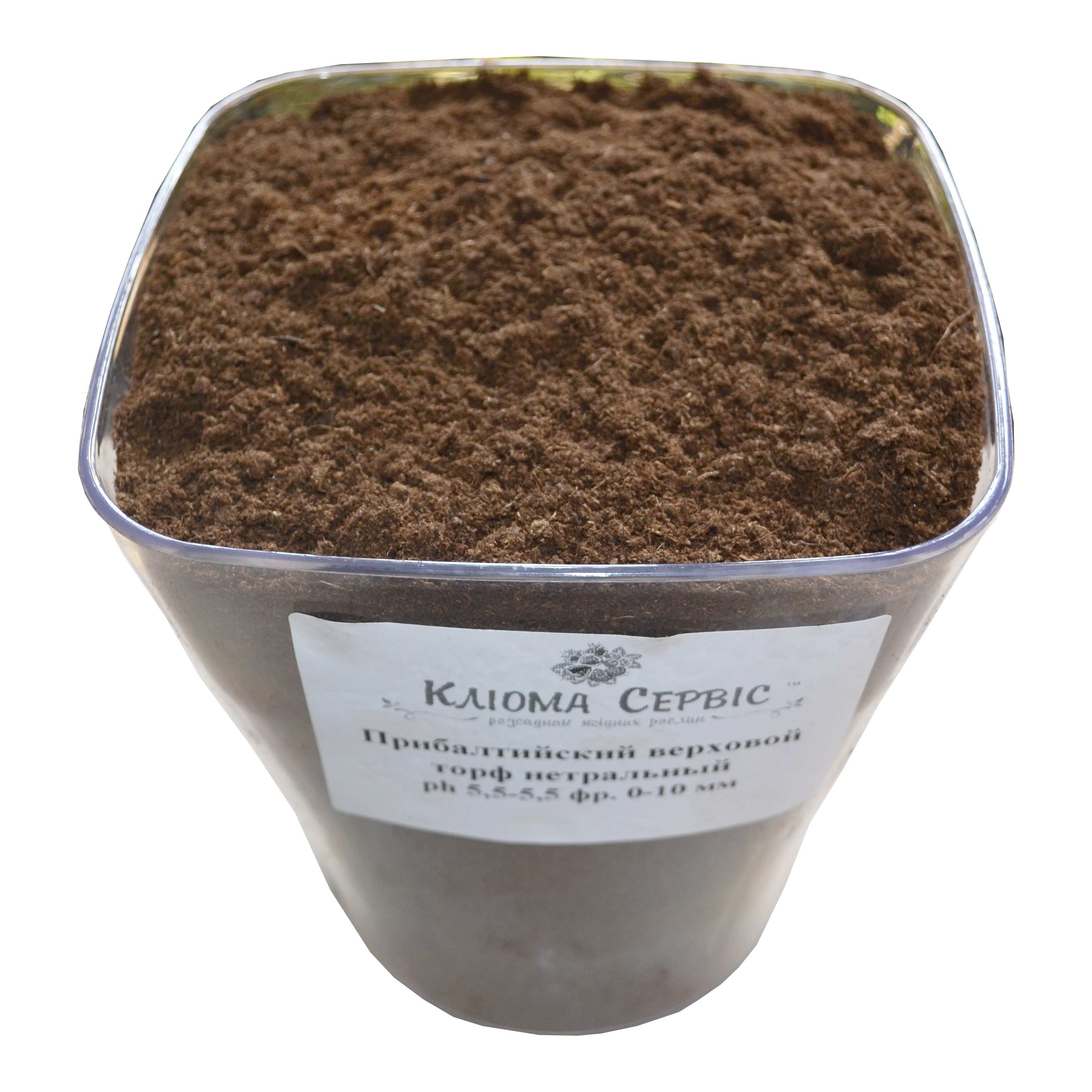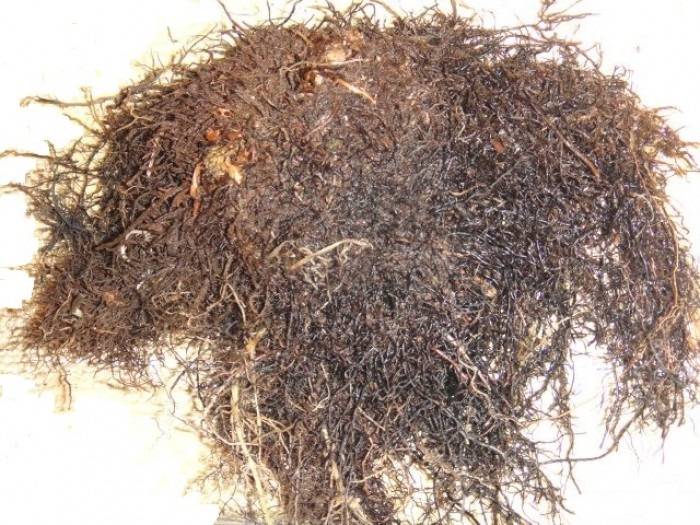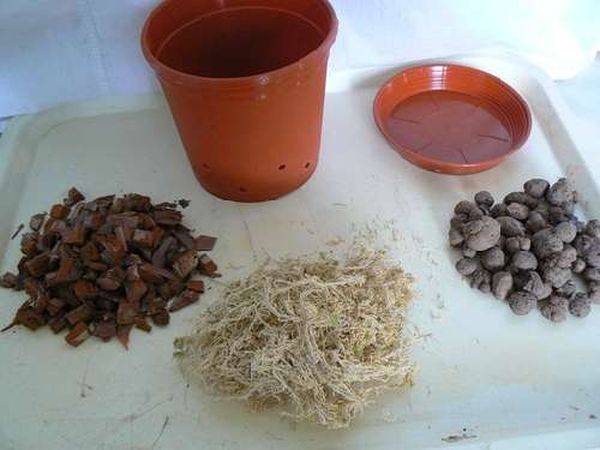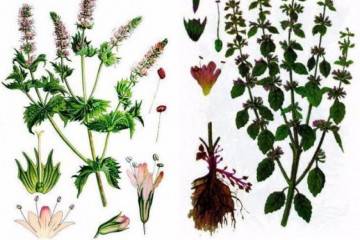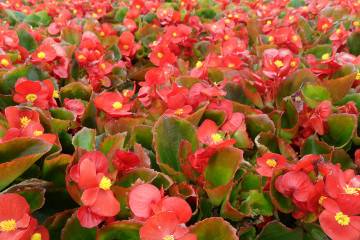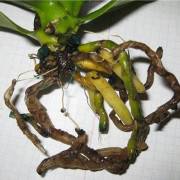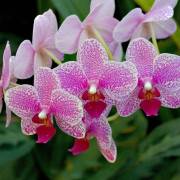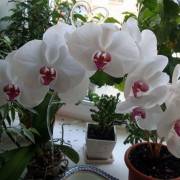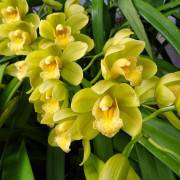Orchid substrate - which is better for growing
Content:
In nature, phalaenopsis do without soil at all. For support, choose a strong tree, large boulders and slopes. The surrounding air serves as a substrate. For a home plant, a specific combination of components is used. The composition is selected taking into account the conditions of detention, the characteristics of the flower, the size of the container.
What are the requirements for the substrate
Specialty stores offer ready-made formulations for phalaenopsis. It is also not at all difficult to compose the soil yourself. It should only be taken into account that artificial components can decompose under the influence of external factors and harm the plant. Although modern hybrids are tolerant of synthetic substrate elements, they can only achieve maximum conditions when they are in optimal proportions.
Experts believe that the soil should be light, loose, breathable and absorbent. Pine bark meets these conditions. Therefore, experienced florists prefer it.
Can ordinary land be used
Simple soil or garden soil is not suitable for orchids. Any ordinary land has a rich microflora and many different bacteria, including disease-causing ones. Whatever its composition, there will be no necessary looseness for aeration of the air. And the water, on the contrary, will stagnate. Phalaenopsis roots are loose, porous and constant presence in dense, damp earth will lead to their rotting. Further, the process will spread to healthy air processes.
In the earth for an orchid at home, in small quantities, you can add high-quality deciduous or horse humus. The content in them of a huge number of pathogens requires disinfection of the composition before use. True, this will also destroy beneficial microbes, that is, humus will become an empty soil filler.
Sphagnum moss as a substrate for orchids
As a substrate component, sphagnum is ideal. It is available (available in all swampy areas), highly hygroscopic. Moreover, it absorbs moisture well from the air. All parts of the plant have water-storing cells, which are lined with tiny photosynthetic cells. This whole body is sphagnum. In the process of life, it:
- releases phenol (antiseptic);
- forms peat (the lower part dies off and turns into peat).
As a result, the orchid receives a storage of moisture (the mass of water can exceed its own mass of moss by 20-25 times), a disinfectant and additional fertilizer.
Moss is not rich in microflora and, as a result, has few pathogenic microbes.
Pine bark
One of the most common and inexpensive substrate components is pine bark.
Although in the homeland of exotic, pine does not grow and is not a support for a flower, with indoor cultivation of culture it was she who turned out to be the ideal component of the soil. The bark excellently distributes moisture and provides optimal aeration.
Lowland peat and coal
Peat is formed when a plant decomposes in a swampy area. In terms of quality and composition, it is divided into:
- Horse. Formed by rotting unpretentious plants (sphagnum, wild rosemary, etc.). The decomposition of organic matter occurs gradually and, as a result, a coarse-fiber, loose biomass is obtained.
- Lowland. It turns out when more dense plants rot (sedge, reed grass, horsetails, trees). The final product has a dusty, dense structure. By filling the voids between coarse fillers such as coconut bark or fibers, low-lying peat compacts the substrate. This leads to stagnation of air in the ground. For an orchid, such a mixture is destructive.
- Transition. It is a mixture of high-moor and lowland peat.
For orchids, transitional and riding species are suitable.
There are few nutrients in peat, and they become available to the flower gradually, as they decompose. These are mainly humic acids and biologically active substances (biologically active substances).
Of the two, high-moor peat is preferred. It has excellent moisture holding capacity. Another advantage is the ability to accumulate and store a large volume of air.
Almost always, charcoal is added to the soil for orchids. Only its amount should not exceed 5% of the total mass. Coal increases the permeability of moisture and air, and disinfects the soil. Even a small amount increases the pH.
Fern roots
Fern is the oldest vascular plant that existed as far back as the Paleozoic era. It loves humid and warm tropics as well as subtropics. It can grow in the forest, on rocks, in trees, and so on.
The crushed roots of the plant are used as a component of the substrate.
With the development of cultural floriculture, including home breeding of orchids, fern roots, as part of the substrate, became scarce. They were almost completely replaced by tree bark.
Soil
There are many different soil formulations for Phalaenopsis. There are those consisting only of natural ingredients, artificial ones or their mixtures. The proportions are also different. For each crop variety, one thing may be a priority. For a novice florist, it is recommended to study the characteristics of the purchased flower and ask the seller about the rules of care, planting, transplanting step by step. It is also important to find out the preferences in the substrate.
This epiphyte does not need a substance for rooting. In this context, the soil is only needed for the plant to cling to the soil. When kept indoors, pieces of bark are great for this.
For a healthy, flowering plant, it is important to plant it in a suitable substrate. It may include the following components:
- tree bark (pine, oak);
- sphagnum;
- coniferous cones;
- coal;
- sorbitol (vermiculite, perlite, expanded clay) - the porous structure retains water, absorbs salts from water;
- waste polymers (polystyrene) - resistant, has good aeration, harmless;
- a small amount of peat;
- underground parts of bracken (fern);
- coconut or cork fibers - they perfectly absorb moisture, regulate the moisture content of the substrate, do not clump or cake.
The most popular purchased substrates and soils
The choice of ready-made soil mixtures for phalaenopsis is quite wide. In flower shops you can find:
- JVI;
- Flower happiness;
- Lechuza-Pon;
- EffectBio (Effect Bio for indoor orchids);
- Orchid Focus Repotting Mix;
- Orchid;
- PEATFIELD;
- Florin for orchids.
Among the new ones, we can mention the premium class Seramis soil for orchids. This is granular clay. Orchid growers also like Orchiata soil. It is produced in New Zealand from the bark of the radiant pine.
Substrate treatment
Not only self-prepared, but also purchased substrate for orchids needs processing. With long or improper storage, pathogenic bacteria can grow in it.
For disinfection used:
- boiling water;
- hot steam;
- roasting in the oven;
- furacilin solution;
- manganese solution.
Heat treatment is mainly used. After it, the soil is spilled with cold, boiled water and completely dried.
DIY soil preparation
With some experience, it is not difficult to prepare a soil that has an optimal composition for home orchids with your own hands. There are several time-tested options.
The following composition is widely used:
- pine bark - 5 parts;
- sphagnum - 2 parts;
- coal - 1 part.
You can make a substrate for indoor orchids with your own hands and in a volumetric ratio. For example, pine bark - half the volume, 10% sphagnum, 5% coal and an equal amount of expanded polystyrene and expanded clay (15-20% each).
A homogeneous substrate, pine, has also proven itself well. It is enough to add a little charcoal to it (5%). The proportions are determined by the conditions of the growing area.
With high humidity, it is allowed to plant a flower in an orchid substrate, consisting only of pieces of bark and a little coal.
At low humidity (40-50%), it is advisable to add moss to the soil (1 part to 2 parts of bark). In dry air, the proportion of sphagnum should be increased to a ratio of 2: 1.
In order for the plant to please with a healthy look and long, lush flowering, it is very important to choose the right soil. In order not to puzzle over what kind of soil is needed and optimal for an orchid, experienced flower growers recommend purchasing special mixtures. But even in this case, it will not be superfluous to study the composition of the substrate.
